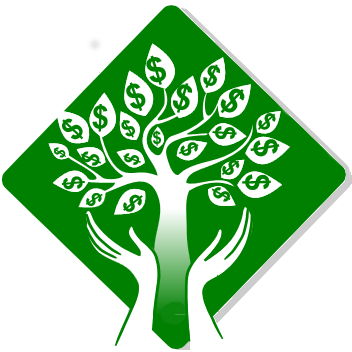Transition
The structural changes for this transition can be implemented overnight, and are immediate, seamless, and non-disruptive. This transition is painless, everybody's money is maintained safe and secure, and all debts are payable.
Remember the 3 critical parts which must be implemented simultaneously, for monetary reform to work:
- Nationalize the Federal Reserve System.
- End bank creation of money.
- The federal government creates and spends debt-free money into the economy.
To accomplish these 3 parts of reform, Transition includes all of the following:
- Treasury Department
- Bureau of the Federal Reserve
The government will buy all shares of the 12 Federal Reserve Banks from the member commercial banks. This gives the government ownership. The 12 Federal Reserve Banks will be a new Bureau of the Federal Reserve in the Treasury and continue the national payments system.
- Monetary Authority
A new Monetary Authority will be created in the Treasury, composed of 9 members appointed by the President with the consent of the Senate, and independent of the Treasury Secretary. The old Federal Reserve Board is abolished. Any one political party will hold no more than 4 member seats on the Monetary Authority.
The function of the Monetary Authority will be to determine how much money the government can create each year, without inflation or deflation, and its most efficient method of disbursement. In addition, the Monetary Authority will instruct the Treasury Secretary to disburse grants, on a per capita basis, to the states of 25% of the new money created the year before. These grants are to be used for broad-based programs determined by each state.
- Revolving Fund
The Revolving Fund will be the means to pay down our public and private debts!
The Revolving Fund will accept all principal payments from outstanding bank loans made with debt-money prior to transition. As these loans are repaid, the principal payments are passed by the bank through to the Revolving Fund, whereas, in the current system, the bank would just ‘extinguish’ the repaid funds and they would disappear.
The Treasury will now be responsible to return this money to the circulating money supply of the nation from the Revolving Fund. Following are some of the ways this money is recirculated by the Treasury:
- Lending to banks to make loans
- Lending interest-free to states and local municipalities
- Purchasing Federal Reserve Bank stock and assets
- Paying down the national debt
- Paying a one-time citizen’s dividend to every citizen
- Funding a national emergency, as lender of last resort
- Bureau of the Federal Reserve
- Commercial Banks
Commercial banks will be required to make loans with money they own, borrow, or are given by investors. This ends bank creation of money.
All checking accounts become safekeeping accounts. The customer deposit is no longer an unsecured loan to the bank, but is money kept for the customer by the bank. If the bank becomes insolvent, our checking account money can be transferred to another bank without loss.
- New Sovereign Money Spent into the Economy
There is no change to our U.S. Constitution: our government currently has the power to create money, found in Article 1, Section 8 of our U.S. Constition. For example:
United States coins are sovereign money.
- The federal government creates United States coins. These are purchased at face value by the 12 Federal Reserve Banks and their member banks.
- The federal government prints Federal Reserve Notes. These are purchased at cost of production by the 12 Federal Reserve Banks and their member banks.
- Over 90% of the money in circulation, however, is in the form of bank account balances. This money is not created by the federal government. It is created by banks as credit, mortgages for example, and then circulates from one account to another, occasionally being swapped out for cash.
Under the NEED Act, bank account money and cash (notes & coins) would be sovereign money, created and used at face value by the federal government.
As directed by the appropriations of Congress, the Treasury will create new money and spend it, for the welfare of all, subject to the guidelines determined by the Monetary Authority.
The Treasury Secretary shall issue periodic reports to Congress and to the public:
- Accounting of all disbursements daily, monthly, yearly
- Discrepancy between any monetary target set by Monetary Authority including when money supply differs by more than .5% from target set by Monetary Authority
- Assessment of impact of disbursements on domestic and international economy
